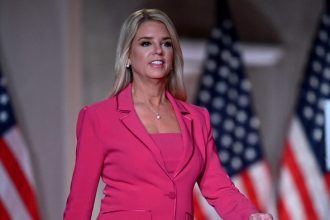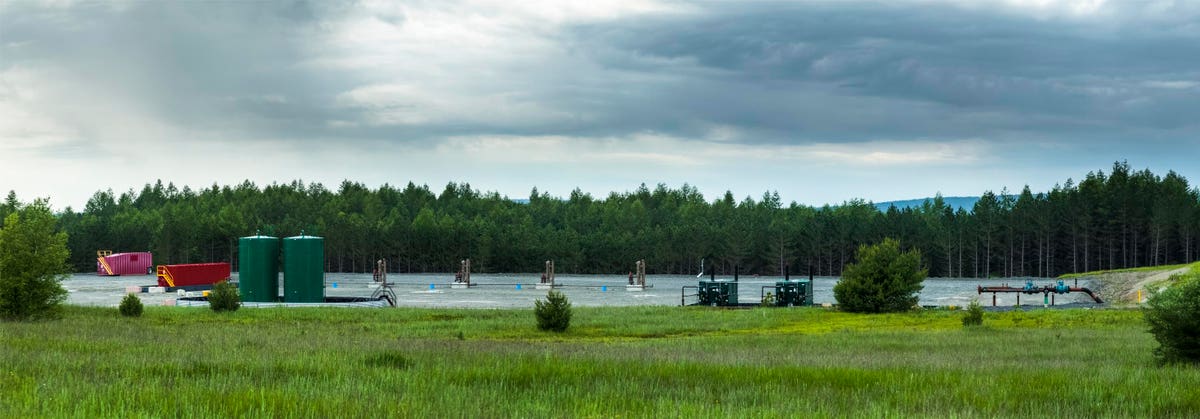Diversified Energy is one of the most interesting upstream companies in the oil and gas business these days. Its stock is traded on the London exchange, yet all its operations are in the U.S. The company’s operations are mostly in Appalachia and in the Texas/Oklahoma/Louisiana region, yet its CEO and much of its management staff are in Birmingham, Alabama.
Where most of the domestic U.S. industry has focused in recent years on developing the country’s array of prolific shale oil and gas resources through the deployment of horizontal drilling wedded with big hydraulic fracturing operations, until recent years, Diversified’s operations had focused almost exclusively on the acquisition and refurbishment of vertical wells in conventional formations in the Appalachia regions of Pennsylvania and West Virginia. Where most upstream companies rely on maintaining and increasing their production by drilling many new wells each year, Diversified’s contrarian strategy relies on acquiring wells late in their production lives and deploying what the company calls its smarter asset management protocol to them to squeeze extra production from them, while drilling no new wells except in isolated circumstances.
“We actually did drill some wells as part of a transaction we did back in February,” Rusty Hutson, Jr., founder and CEO of Diversified, told me in a recent interview. He and his team had completed an acquisition from Quantum Energy Partners of assets in the Cotton Valley/Haynesville region of East Texas. Quantum had commenced on a drilling program on the acquired acreage, and “we went ahead and finished those wells,” he said. But the Cotton Valley and Haynesville formations are natural gas plays, and Diversified decided to leave the wells uncompleted due to low commodity prices, with plans to re-enter, frack, and complete them when prices firm up.
That acquisition in Texas was the latest in a series of deals over the past few years that have seen the company establish a large presence in the central part of the U.S., with operations now in nine states. For Hutson, the expanding operations in those prolific energy states makes all the sense in the world, especially given the company’s focus on natural gas.
“What I love about Texas and the Louisiana market is its significant and growing amount of LNG export capacity on the on the Gulf Coast,” he says. “And there is more to come.” Indeed, once planned expansions of existing LNG export facilities and building of new ones are completed over the next several years, the Gulf Coast’s booming LNG capacity will have doubled.
That reality leads Hutson to believe that natural gas along the Gulf Coast will enjoy a better economic basis than gas in the Appalachia region due to the latter’s constrained situation related to takeaway pipeline capacity.
“The Marcellus is a jewel just sitting there – it’s unbelievable how much gas is there, but you can’t get it out,” he laments. Citing incessant permitting issues and a seemingly limitless array of litigation that plagues interstate pipeline projects designed to move Marcellus shale basin gas out of the Appalachia region, Hutson notes that has been far less of an issue for natural gas production and pipeline projects along and near the Gulf Coast. “So, we believe Gulf Coast gas has got a big future ahead in terms of pricing compared to the rest of the country, simply because of the export capacity and infrastructure that’s available.”
Because Diversified operates older wells in the latter stages of production life, the company has in the past come under attack by industry opponents claiming the company hasn’t plugged and retired enough wells in a timely fashion. The company’s answer to that has been to establish a subsidiary it calls Next LVL Energy, which not only plugs and responsibly retires more of Diversified’s wells than any of its peers, but also provides the same services to state-run orphan well programs. “We’re up to 400 wells in Appalachia now on an annual basis,” he points out. “We’re doing close to 200 of our own every year and then up to 200 a year for the orphan well programs in the states where we operate.”
These and other criticisms tend to ignore Diversified’s unusually heavy focus on achieving a high level of sustainability, so high that the UN’s Oil & Gas Methane Partnership 2.0 awarded the company its Gold Standard Pathway, recognizing the Company’s commitment to methane emissions reduction and high standard of measurement-based, transparent reporting. That’s an impressive achievement for a company whose focus is on operating late-life wells, many of which were initially drilled and completed decades ago.
“We’ve obviously put a lot of time and attention into emissions reduction and towards really spending a lot of time there because we knew it was important,” Hutson says. Overall, the company has set a goal of achieving net-zero for scope 1 and scope 2 emissions by 2040.
Certainly, pressure from industry critics, government, investors, and customers played a role in building momentum on the asset retirement and ESG fronts. But even with that taken into account, these are not the results you would necessarily expect from a company with Diversified’s business model.
Like so many other examples in this diverse, technology and innovation-driven industry, Diversified’s success shows what can be achieved when smart people, led by strong leaders, don’t waste time and energy complaining about such pressures, but instead choose to take them on as a new challenge to be met. U.S. oil and gas has always been a business where anything is possible, and the challenges presented by a rapidly changing world make that attribute more crucial than ever.
Read the full article here





